“The megatrends look like a runaway train posing daunting challenges, and collapsologists are talking of a dying world”.
We have already learned from experience that this doom and gloom approach does not trigger sufficient changes towards sustainability. The question is, if this is not the way to activate paradigm changes, what is?
Foresight can have a role in changing governance paradigms
The challenges go deeper than improving policymakers’ knowledge of sustainability challenges and awareness of potential futures – they encompass the very core of our governance systems.
Many of our governance systems worked well for the times when they were designed. But, they are not capable of addressing the type of complex and long-term sustainability challenges that we have in today’s rapidly changing world. For example, a reliance on policies that are strongly bound to short election cycles means an absence of long-term policies. Budgeting mechanisms are often rigid and silo-based and are unable to deal with phenomena-based challenges. In addition, our political culture is characterised more by competition and debate than co-operation and dialogue. It operates more around guarding interests than building futures together.
Political culture is characterised more by competition and debate than co-operation and dialogue
Without changing how society is governed, it is difficult to change the direction of policies, no matter what knowledge we produce on megatrends and how well we communicate with policymakers.
In order to change the policymakers’ paradigms of the future, we first need to change the paradigms of policymaking. Foresight cannot solve all governance challenges but there are a few important roles that foresight can play.
Understanding the different attitudes towards the future
Since the turn of the century, many new megatrends related to sustainability have entered people’s consciousness. The question is no longer about what we know about the future; the question is: “so what?”
Different people have different ways of relating to the future. We can choose to take an optimistic or pessimistic stand. We can also overestimate changes or underestimate them.
For example, some people are fond of saying that “everything used to be great”, so why not try to go back to the way things were? Some place their faith in every new technological breakthrough in the belief that technology will solve everything. Some tend to be very suspicious, obsessed with conspiracy theories, believing that everything will change and “all we have believed in will be gone”. And most of us have days when we would like to convince ourselves that “this does not really concern me”.
What foresight can do is increase understanding of these different approaches and make them visible. Thus, foresight can help decision-makers to navigate in a world full of widely differing attitudes to the future.
Building positive and progressive visions as a commons
We may all have different attitudes towards the future, but visions offer the real choices on how to respond to future trends.
Visions are often viewed as blurred illusions with little practical value in a world full of rapid and unanticipated change. But visions can also be powerful tools for changing paradigms.
Many agree that our societies are tasked with taking a greater leap than humankind has taken for generations. Yet, surprisingly few ask: where do we want to go? Instead of having a sense of direction, most people are left in a state of confusion. Politics is incapable of creating positive visions that motivate people.
We can make choices on how to respond to future trends and create visions. We can stress the need for either radical or incremental change. We can also see the megatrends as threats or opportunities.
Large parts of our established systems have built visions where thinking is more tied to the present than future and doing is largely tied to incremental changes. Megatrends do cause concern and the need for caution, but there is also a lot of reassurance that they will not affect us as much as feared, at least at the level of decisions and actions. This has left a large open playing field for different interpretations.
Within this open playing field, it is possible to create visions that stem from fear and perceive megatrends as threats that require radical counteraction.
There is also room for progressive visions of the future
Naturally, there is also room for progressive and positive visions of the future. We should not undermine the challenges related to the various megatrends – they do require radical changes in society – but it is possible to turn them into positive opportunities that motivate people and drive change.
Moreover, we need visions that are signposted “our way” and not “the others’ way”. What we need is not only one big global vision that colonises the future but active dialogue on a variety of progressive visions at various levels of society. As Shiv Visvanathan put it, in the aftermath of the Brundtland Commission’s report: “What one needs is not a common future but the future as a commons”.
Foresight can have an important role in building progressive visions, and in building the future as a commons. This requires new approaches to the knowledge–policy interface.
Repositioning foresight in the knowledge–policy interface
Most of the societal discussion around the knowledge–policy interface today centres around the question: How can we create a greater impact with the knowledge we have? How can we better communicate the “facts” to decision-makers so that they may at least make “evidence-informed” decisions? This approach is what I call the “injection approach”.
Many policymakers are used to viewing foresight as something separate from policymaking – as a project for “producing results” to be disseminated in policymaking. Foresight is often viewed as just one more – although an increasingly important – form of information to be inserted into the policy system.
Most foresight has already gone far beyond this. It is not only about informing but about continuous collaborative learning – an interactive process with no starting point and no end. It is about creating a forum for societal discourse on the future, and for building the future together.
This brings us to the “hotpot” approach to the knowledge–policy interface.
In the same way a hotpot is an infusion of ingredients that produces a delicious stew, in a “hotpot approach” to the knowledge–policy interface, foresight blends with other types of knowledge and with policymakers, broadening the perspectives of all participants and increasing the overall depth of flavour. As the stew simmers, the flavour of each of its ingredients is enhanced by interacting with the others. The outcome is greater than the sum of its parts (or ingredients). Foresight can lead the way to adopting a hot pot approach in the knowledge-policy interface.
In practising foresight and interacting with decision-makers, we do need more people with in-depth and broad-based capabilities who are able to synthesise ideas and communicate them to policymakers. But what we need in particular is the ability to identify when, where and how foresight can make a difference, and the ability to design collaborative foresight processes. What we need are really good hotpot chefs.
This blog is based on a presentation held at the European Commission’s Joint Research Centre’s Future in the Making conference in Brussels, 4-5 June 2018. The text combines findings and thinking from Sitra’s work on the Vision for the Next Era of Well-being and Sitra’s Knowledge in Decision-Making project.
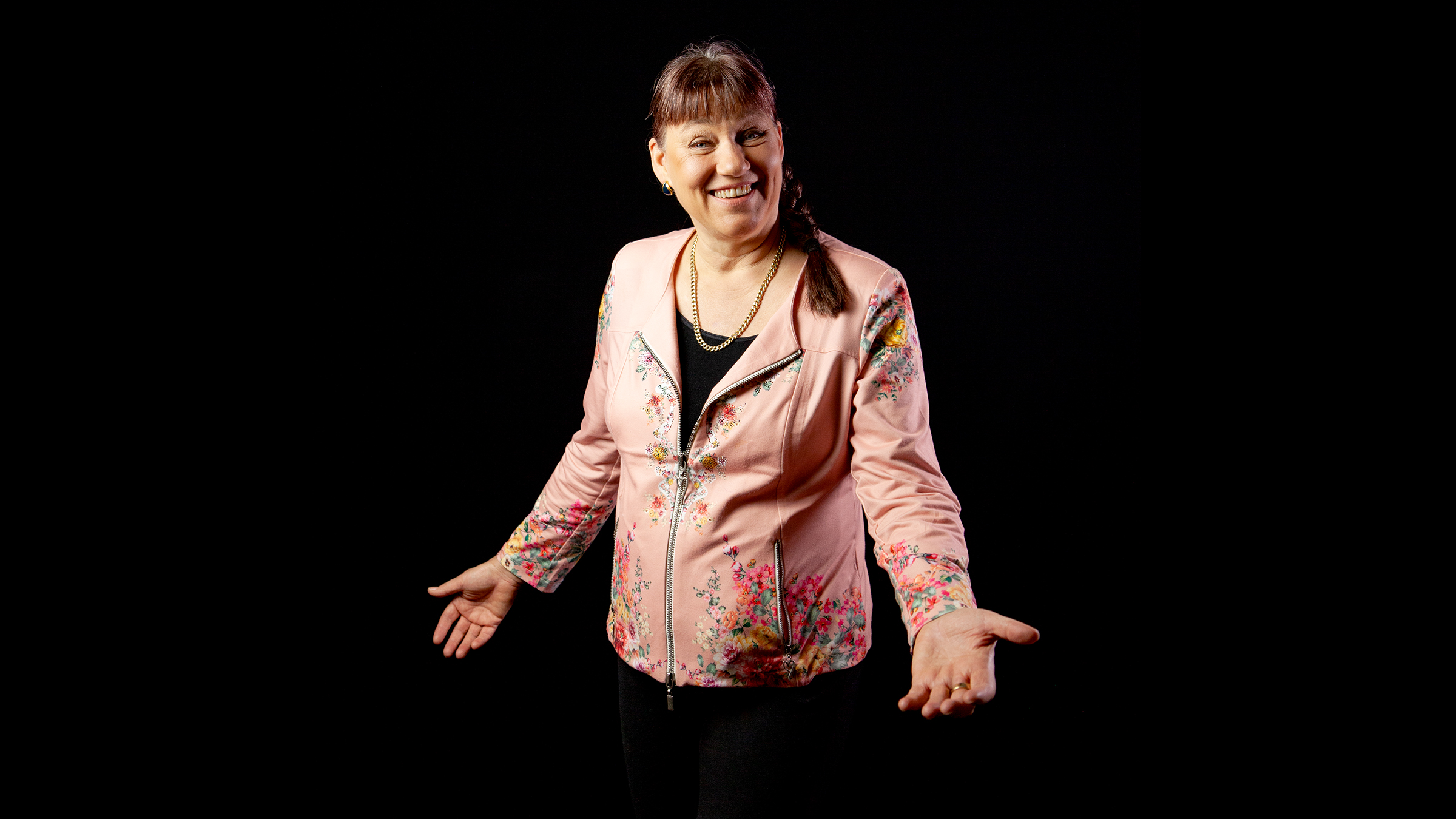
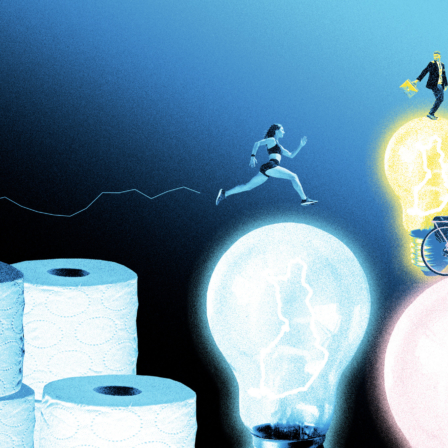




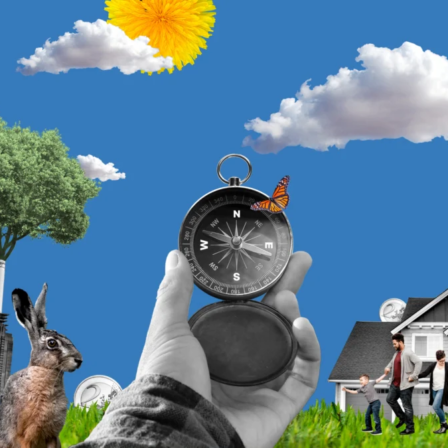

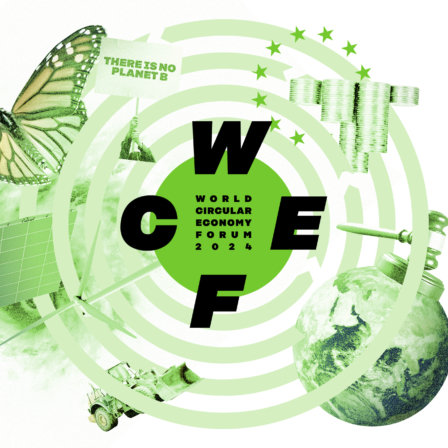
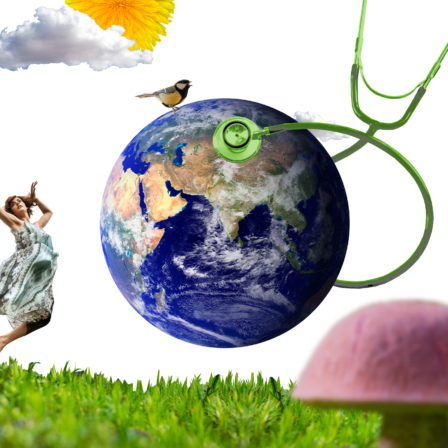
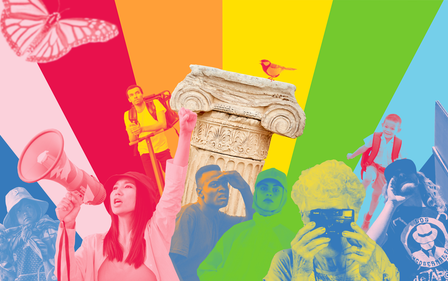

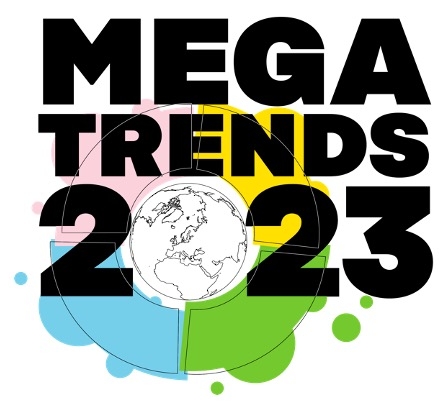
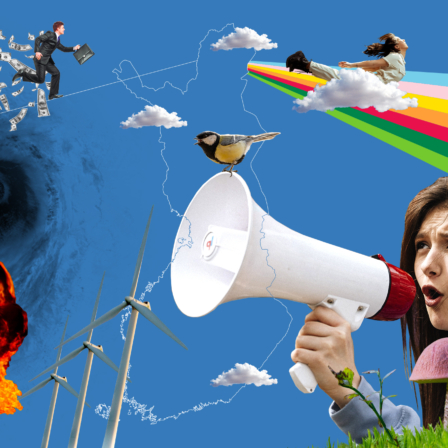
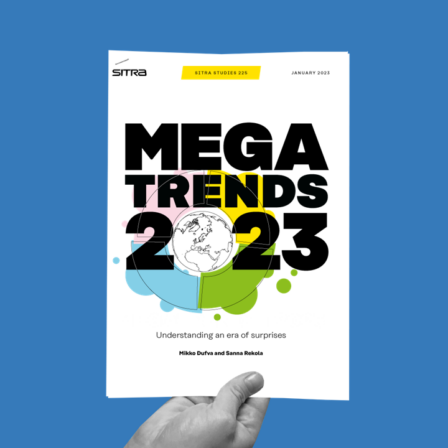

Recommended
Have some more.